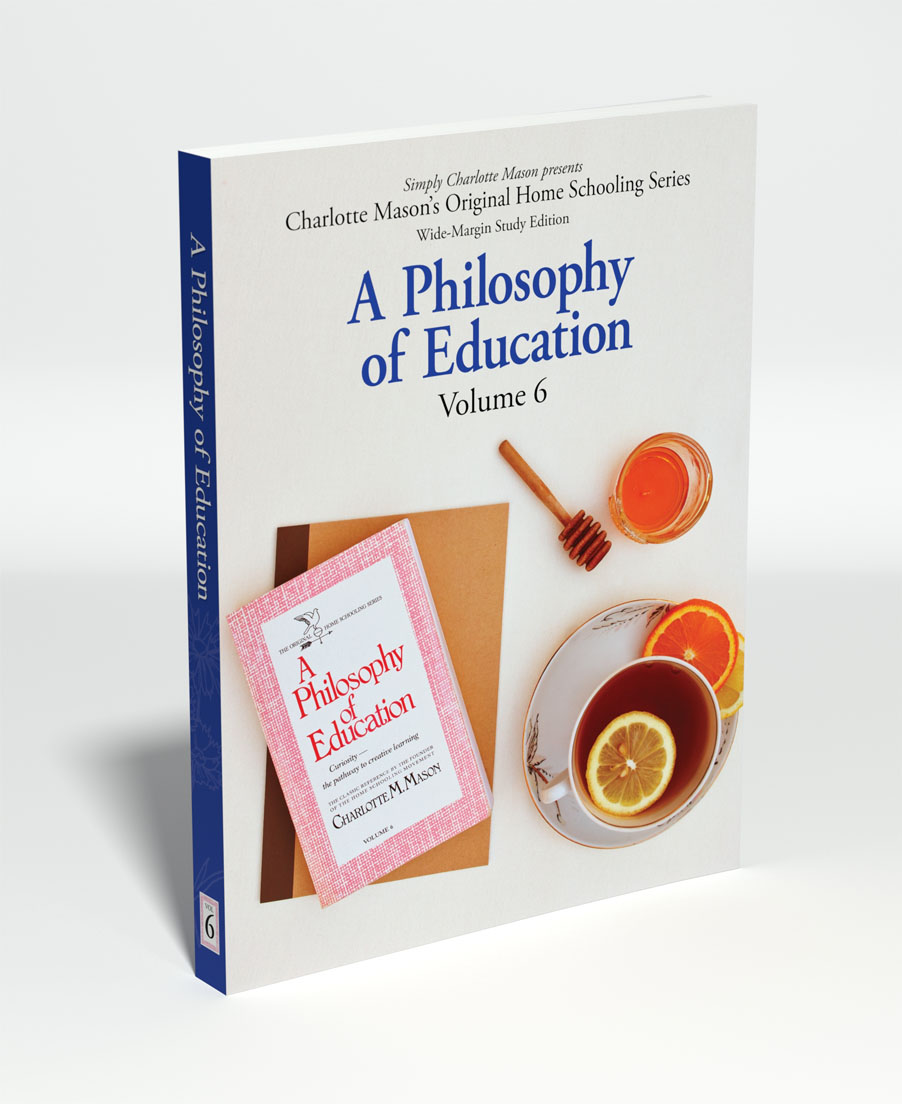
Have you ever wondered how bees communicate with each other? How do they know which bees should leave the hive to gather nectar and pollen, and how do they warn each other of impending danger?
The good folk at Project Honey Bees, sellers of jewelry that funds bee adoption, tell us that while us humans have language for communicating with one another, animals use different methods. Some will use body language while others use sounds and eye contact. When it comes to honeybees, there are two main methods of communication that they use: scent and movement.
How do Bees Communicate with Scent?
Bees can release chemicals known as pheromones, which have distinctive scents. These pheromones are used to pass messages to bees in and outside of the hive. For example, within the hive, the queen bee emits pheromones that are designed to keep the colony calm. When the other bees in the hive smell this pheromone, they know that the queen is alive and well and that they can get on with whatever job it is they are doing.
The queen’s pheromones are also used during the mating ritual. When a virgin queen emerges from a hive to go on her ‘mating flight’, she will release pheromones that will encourage drones to mate with her. She will mate with between 6 and 24 drones on a mating flight, with each drone providing her with around 6 million spermatozoa. The queen may take more than one mating flight, until such a time as her spermatheca is filled with sperm. This load of sperm will then last her for her entire life. Once back in the hive, her main jobs are to lay eggs and maintain harmony in the hive by using her pheromones.
Worker bees also release hormones when they are in danger. A honeybee will only sting as a last defense mechanism because once the stinger has been injected into a victim, it will be ripped from the body of the bee as it flies away. The bee will then die but not before releasing pheromones that will alert the rest of the hive to danger.
How do Bees Communicate with Movement?
It is not just the release of odors that bees use to communicate. They also perform what is known as the ‘waggle dance’. This dance is performed by scout bees when they return from a scouting mission to find sources of nectar and pollen. In order to communicate the location of the nectar to the rest of the hive, the bee will perform a series of movements to indicate the location and distance of the site.
The bee begins by walking in a straight line while it shakes its abdomen energetically and produces a buzzing sound as it beats its wings. How far and how quickly the bee moves will tell the other bees the distance of the site. The direction is conveyed by the way in which the bee aligns their body to indicate the position of the food source in relation to the sun.
The waggle dance is performed for food sources that are more than fifty meters away from the hive. If the location is nearer than that, the bee will perform a much less complex version of the dance, known as the round dance. This series of movements in a narrow circle lets the rest of the bees know the direction of the food source only.
Conclusion
Honeybees are able to communicate different messages to each other by moving in certain ways or by releasing pheromones. These messages include information about food sources and whether the colony is under threat.








